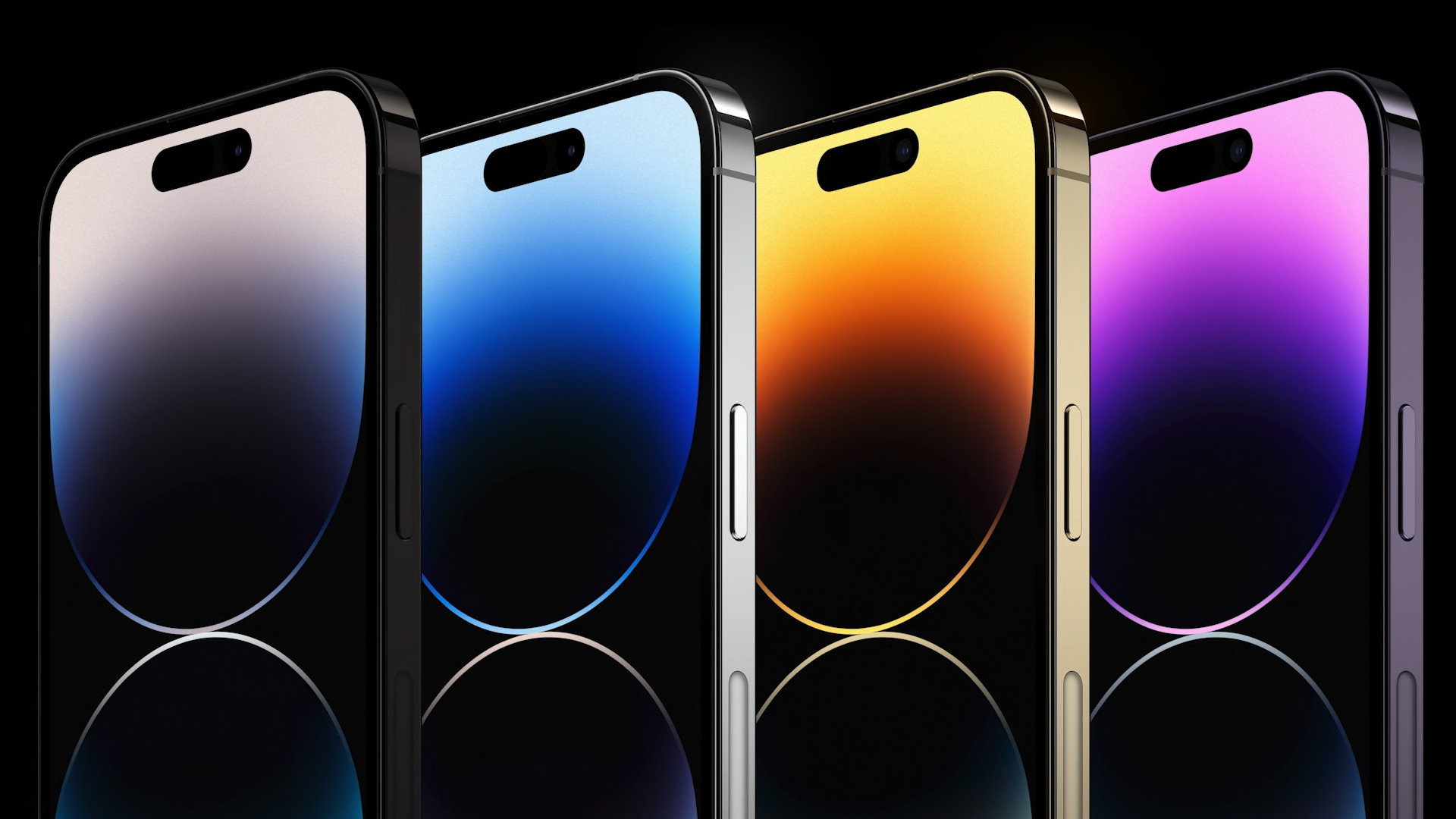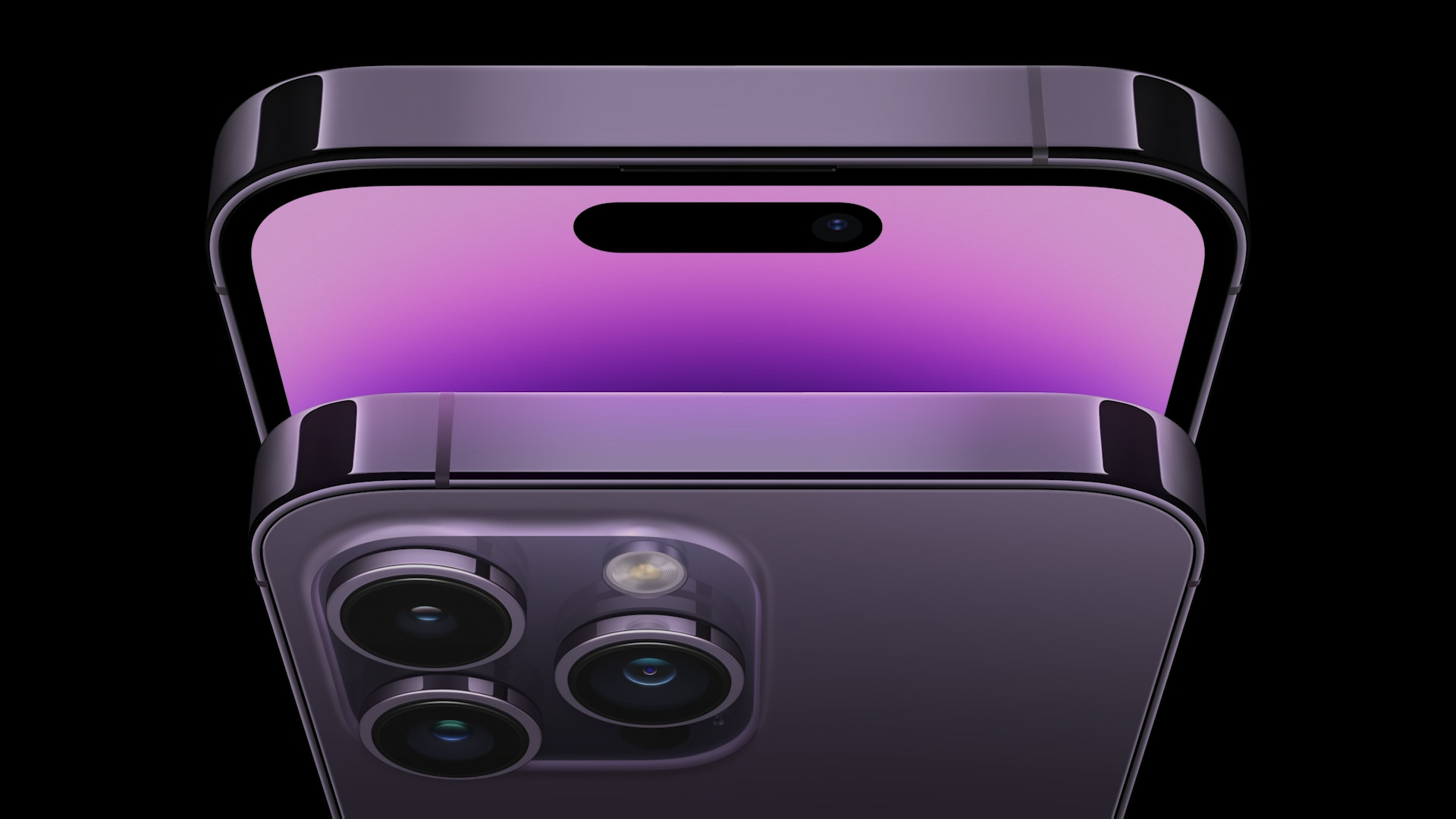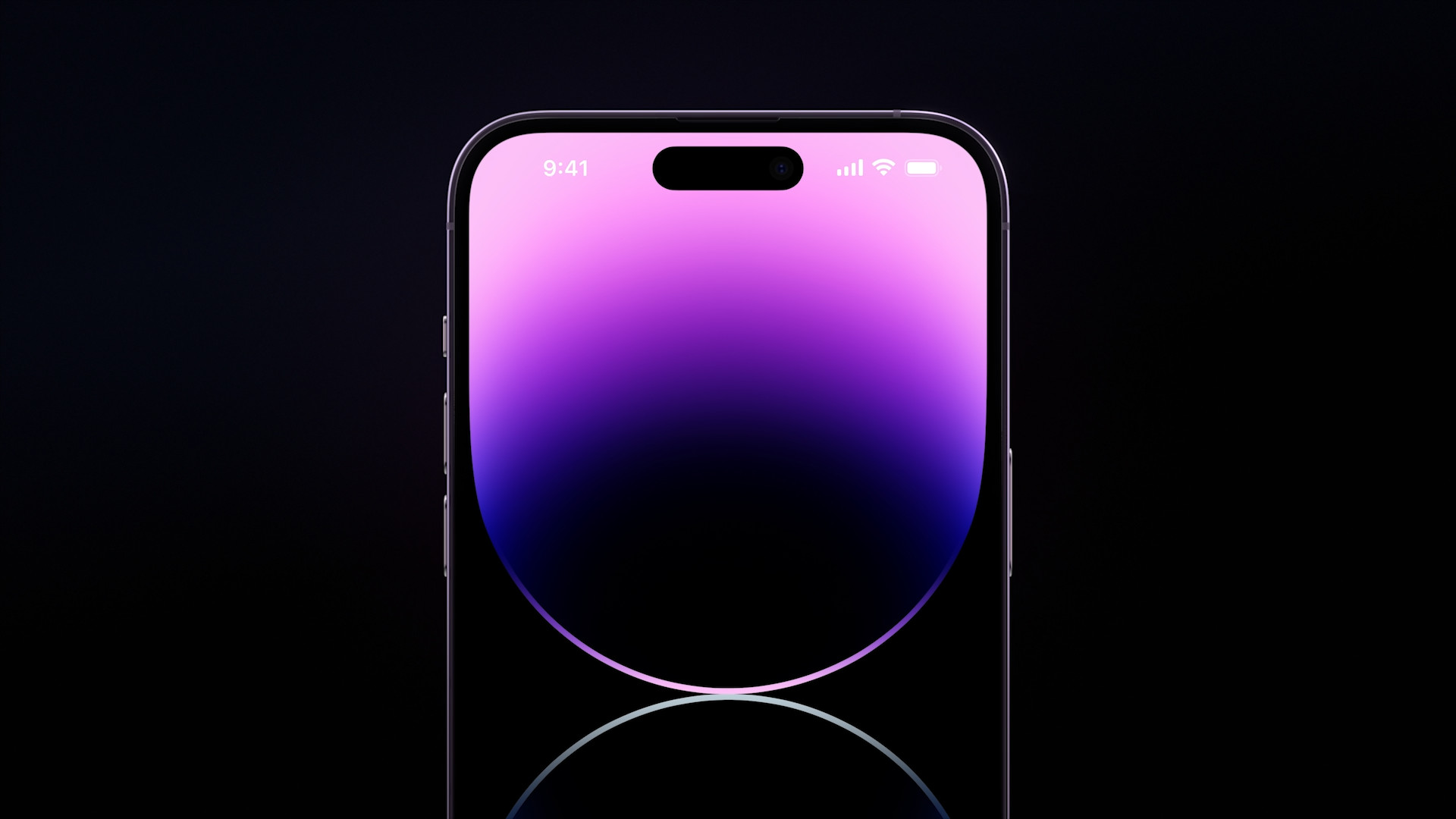The iPhone 14 Pro (Max) has finally received the gadget that Apple fans have been calling for for years. Of course, we are talking about the so-called always-on display. Although this has been a common accessory for competing devices with the Android operating system for years, Apple has bet on it only now, making it an exclusive feature for Pro models. By the way, they are also proud of the Dynamic Island hole, which can cooperate with software and dynamically change according to the situation, a better camera, a more powerful chipset and a number of other great gadgets.
In this article, however, we will focus on the already mentioned always-on display, referred to in Czech as permanently on display, which we can recognize, for example, from the Apple Watch (from Series 5 and later, except for the cheaper SE models), or from competitors. With the active always-on display, the screen remains lit even after the phone is locked, when it displays the most necessary information in the form of time and notifications, without significant energy consumption. But how does it all actually work, how much does the always-on display (not) save battery and why is it a great gadget? We will now shed some light on this together.
How the always-on display works
First of all, let's focus on how the always-on display on the new iPhone 14 Pro (Max) actually works. It could be said that the journey towards an always-on display on iPhones began last year with the arrival of the iPhone 13 Pro (Max). It boasted a display with ProMotion technology, thanks to which its refresh rate reaches up to 120 Hz. Specifically, these screens use a material referred to as LTPO. It is a low-temperature polycrystalline oxide, which is literally the alpha and omega for the proper functioning of not only a higher refresh rate, but also an always-on display. The LTPO component is specifically responsible for being able to change refresh rates. For example, other iPhones rely on older LTPS displays where this frequency cannot be changed.
So, as we mentioned above, the key is the LTPO material, with the help of which the refresh rate can easily be reduced to 1 Hz. And that is what is absolutely essential. The always-on display can be a quick way to completely drain the device, as an active display naturally consumes a significant amount of energy. However, if we reduce the refresh rate to just 1 Hz, at which always-on also runs, the consumption suddenly decreases, which makes it possible to implement this trick. Although the iPhone 13 Pro (Max) does not yet have this option, it laid the absolute foundation for Apple, which only the iPhone 14 Pro (Max) had to complete. Unfortunately, the iPhone 13 (mini) or iPhone 14 (Plus) models do not have this option, as they are not equipped with a display with ProMotion technology and cannot adaptively change the refresh rate.
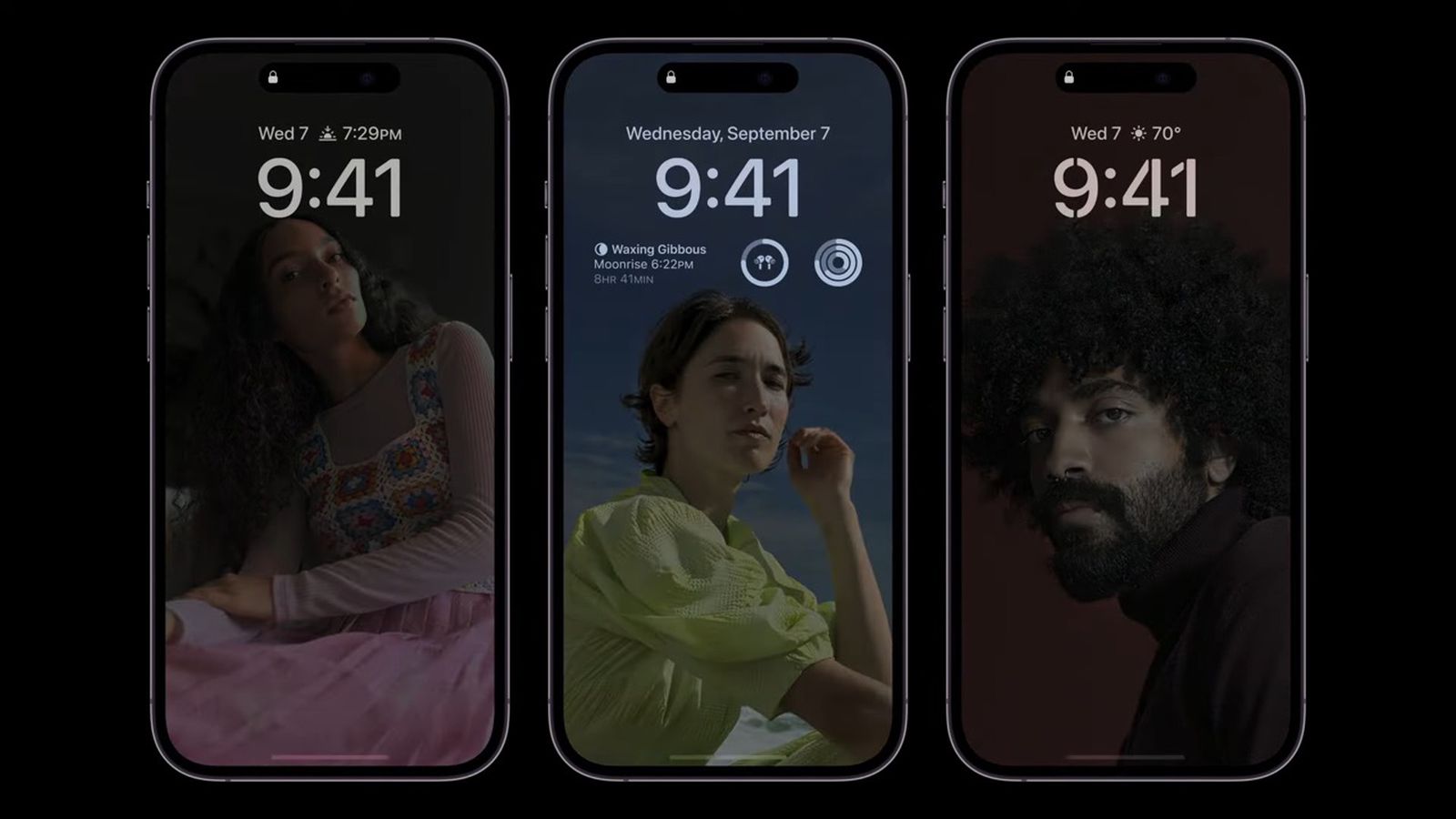
What is always-on good for?
But now let's move on to practice, namely what the always-on display is actually good for. We started this easily in the introduction itself. In the case of the iPhone 14 Pro (Max), the always-on display works quite simply – in the locked screen mode, the display remains active, when it can specifically display clocks, widgets, live activities and notifications. The display thus shows practically exactly the same as if we turned it on normally. Even so, there is one fundamental difference. The always-on display is significantly darkened. This, of course, has its justification - the lower brightness helps to save the battery, and according to some users, it is quite possible that Apple is also fighting against pixel burning. However, it is generally true that burning pixels is a problem of the past.
It could be interest you
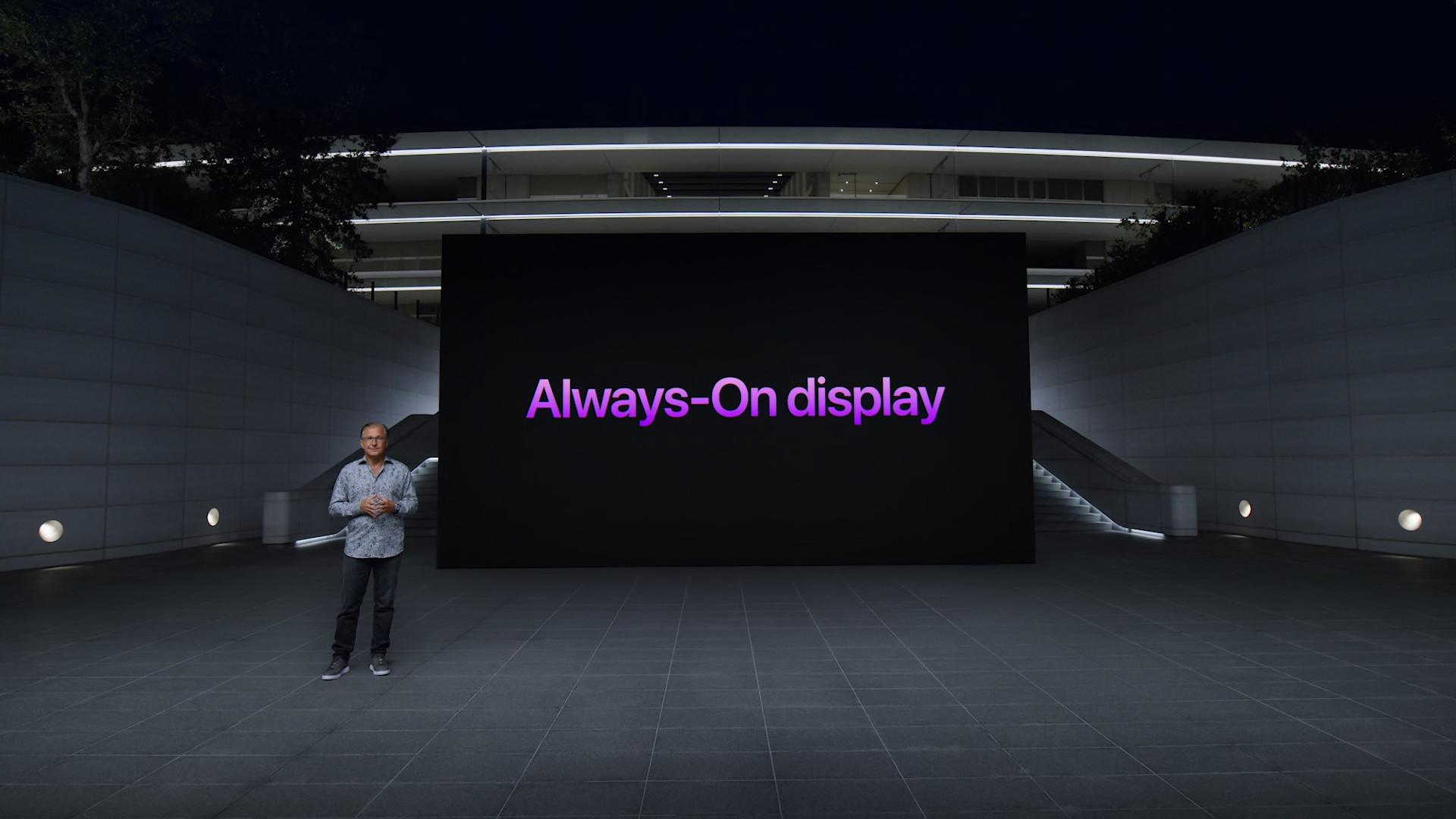
In this case, Apple benefits not only from the always-on display itself, but above all from the new version of the iOS 16 operating system. The new system received a completely redesigned lock screen, on which widgets and the mentioned live activities also got a new look. So when we combine this with the always-on display, we get a great combination that can provide us with a lot of important information without even having to turn on the phone.
